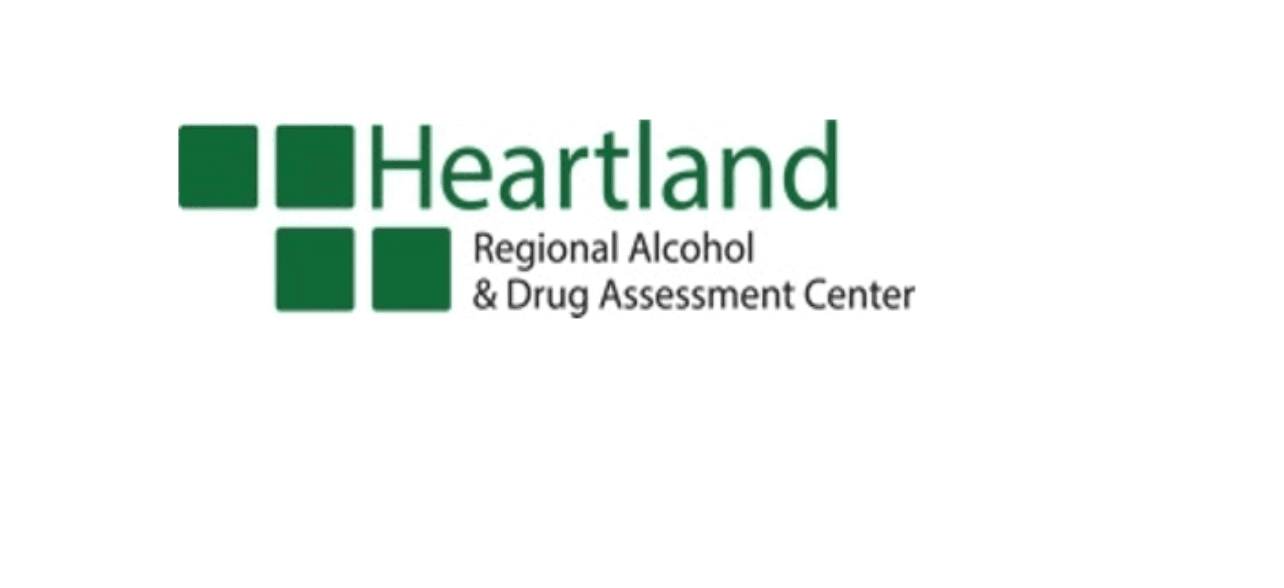Bullying is a prevalent problem and causes many detrimental effects. Depression, low self-esteem and suicide are a few outcomes of prolonged bullying. According to StopBullying.gov, “Bullying is unwanted, aggressive behavior among school aged children that involves a real or perceived power imbalance. The behavior is repeated, or has the potential to be repeated, over time.”
Bullying comes in the three forms: Verbal, social and physical. Bullying can range from teasing and name-calling to spreading rumors and hitting. Bullying usually occurs at school, and according to StopBullying.gov, “About 20% of students in grades 9-12 experienced bullying.” National Bullying Prevention Month presents an opportunity to learn more about the prevalence of bullying and how to stop it. StopBullying.gov outlines 5 steps to take to stand against bullying:
Assess bullying in school— Talk to your children about bullying in their school. Are they bullied? Are they bullying another? Is it verbal, social or physical or a combination? Take a step further and talk to the school psychologist to grasp the bullying situation at school.
Engage the community— Educate parents about the signs of bullying and bring the issue to light. Create a unified message against bullying at schools in the community. Form committees and routine meetings to discuss efforts to stop bullying.
Create policies and rules— Assess the school code of conduct and any published statement of bullying. Create a mission statement against bullying and craft an effective reporting system for students and staff.
Build a safe environment— Establish the school environment as open and accepting. Use school newsletters, parent meetings and assemblies to establish a positive school atmosphere.
Educate students and staff— Create bullying prevention education materials and distribute throughout the school. Hold informational sessions and speak to classrooms. Provide students and staff with skills to stop, prevent and report bullying.

